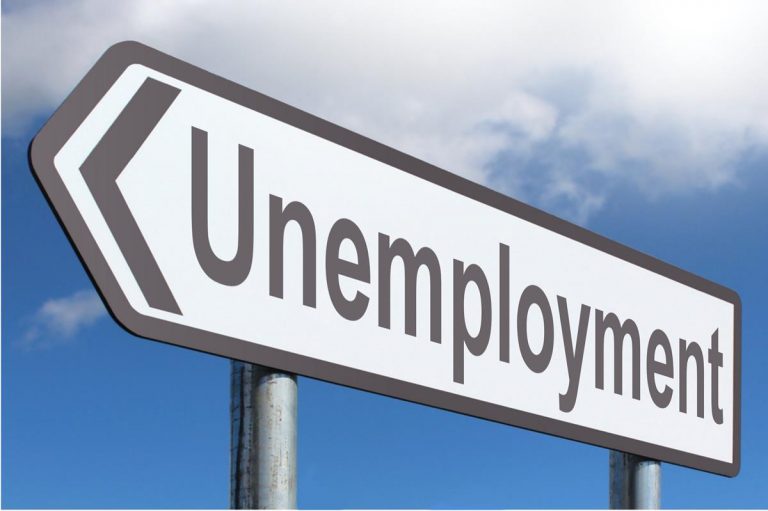How and Why Does Food Insecurity Disproportionately Hurt Marginalized Groups?
In 2019, 10.5% of Americans experienced food insecurity, defined as a lack of access to adequate and healthy foods. Food insecurity is a complex issue with many causes, such as poverty, health conditions, and lack of access to transportation. These factors most often affect marginalized groups, who are thus more likely to experience food insecurity.
What is Food Insecurity?
The inability to acquire adequate, healthy food is classified into two categories. Low food security, which affects 6.6% of American households, refers to food insecurity where people’s eating patterns or food intake is not substantially disrupted. Very low food security, which affects 3.9% of American households, refers to food insecurity where people’s eating patterns are disrupted, and food intake is reduced.
The most common causes of food insecurity are poverty, unemployment, lack of affordable housing, and lack of access to healthcare. These are related, as unemployment affects income and the ability to afford housing and healthcare.
Systemic racism also impacts people’s access to these resources; a one-unit increase in the frequency that one experiences racial discrimination increases the likelihood that they will have very low food security by 5%.
Race, Children, and Disability
Unsurprisingly, food insecurity is much more common among people of color. While 7.1% of white Americans face food insecurity (less than the national average of 10.5%), the percentages rise to 17.2% and 21.7% for Hispanic and Black Americans, respectively. Native American and Alaskan Native people are twice as likely as white people to experience food insecurity.
While students across all races disproportionately experience food insecurity, it is highest among Indigenous students (60%), Black students (58%), and Hispanic/Latino students (50%). Despite white students being affected at the lowest rate (39%), it is still almost 30% higher than the national average.
Food insecurity is also more common among households with children (14.8%). The percentages are even higher when there is a single parent: food insecurity exists in 27.7% of households headed by a single woman and 16.3% by a single man. Compared to white children, Black children are three times as likely and Hispanic/Latino children are more than two times as likely to experience food insecurity.
Households with adults with disabilities are also more likely to struggle with food insecurity. Among families with an adult who receives disability benefits, 22% are food-insecure. The percentage is 11% higher when an adult with a disability does not receive any benefits. This can be attributed to the extra costs of healthcare and adaptive equipment and the 26% poverty rate among people with disabilities. More expenses in other areas make paying for food more difficult.
Food Deserts
Food deserts are areas that have limited access to healthy foods. They have many fast food places and convenience stores and rarely have grocery stores or supermarkets. Foods that are processed, dairy-based, and high in fat, sugar, and salt are much more prevalent and accessible in food deserts.

Non-white communities are more likely to experience food deserts. On average, white neighborhoods have four times more supermarkets than Black neighborhoods. The average person in a predominantly Black low-income area travels 1.1 miles farther to the nearest grocery store than the average person in a predominantly white low-income area. Nearly 75% of Native American communities are more than a mile away from the closest supermarket.
Medical Consequences
In a Hunger in America study, 79% of people facing food insecurity opted for more inexpensive yet unhealthier food. While it is true that healthier diets are an average of $1.50 more expensive per day, unhealthy diets may cost them more later.
There are increased rates of chronic disease among low-income and food-insecure adults. Studies have found a strong correlation between food insecurity and diabetes in particular. Black, Hispanic/Latino, and Native American people have disproportionately high rates of type 2 diabetes compared to white people. Obesity is also higher among women who experience food insecurity.
Additionally, food insecurity often causes people to avoid seeking medical help. 66% of food-insecure people report having to choose between food and medical care. Even though they are more at risk for health complications because of their limited access to healthy foods, they are less likely to receive the care they need.
How Is Food Insecurity Being Addressed?
The Supplemental Nutrition Assistance Program (SNAP) is a federal nutrition program that helps low-income people buy food through monthly benefits. Some colleges and universities have implemented programs and resources to help their students access food. In 2017, after students from Spelman College and Morehouse College participated in a hunger strike, the two historically Black colleges set up a system so that food-insecure students could obtain meal cards and use unclaimed meal plans.
To fully resolve food insecurity, major societal and structural issues must be addressed. Helping people access affordable housing, transportation, and medical care, as well as making grocery stores more available in lower socioeconomic communities, will allow people, especially those from marginalized groups, to afford and purchase enough, healthier food.





